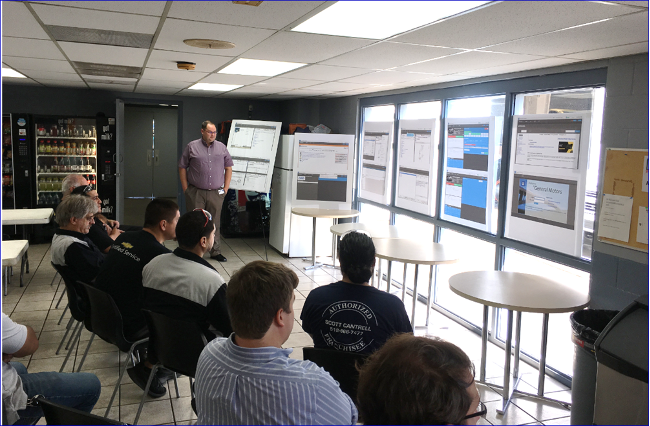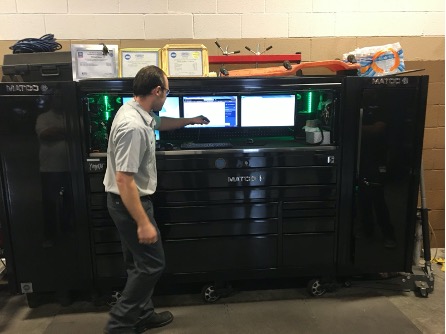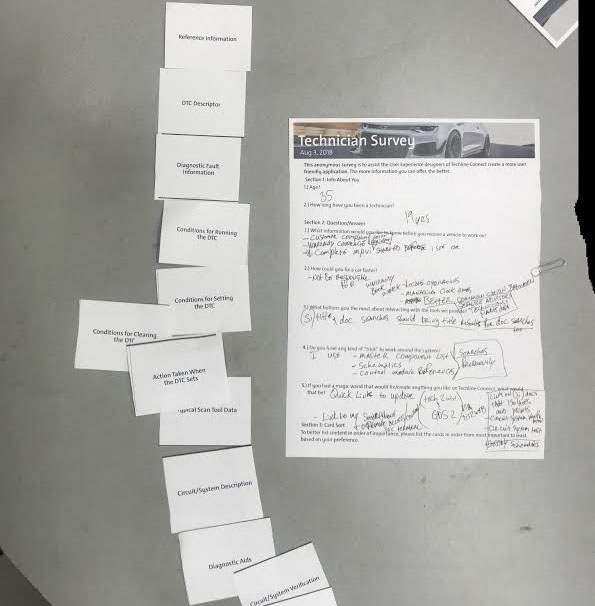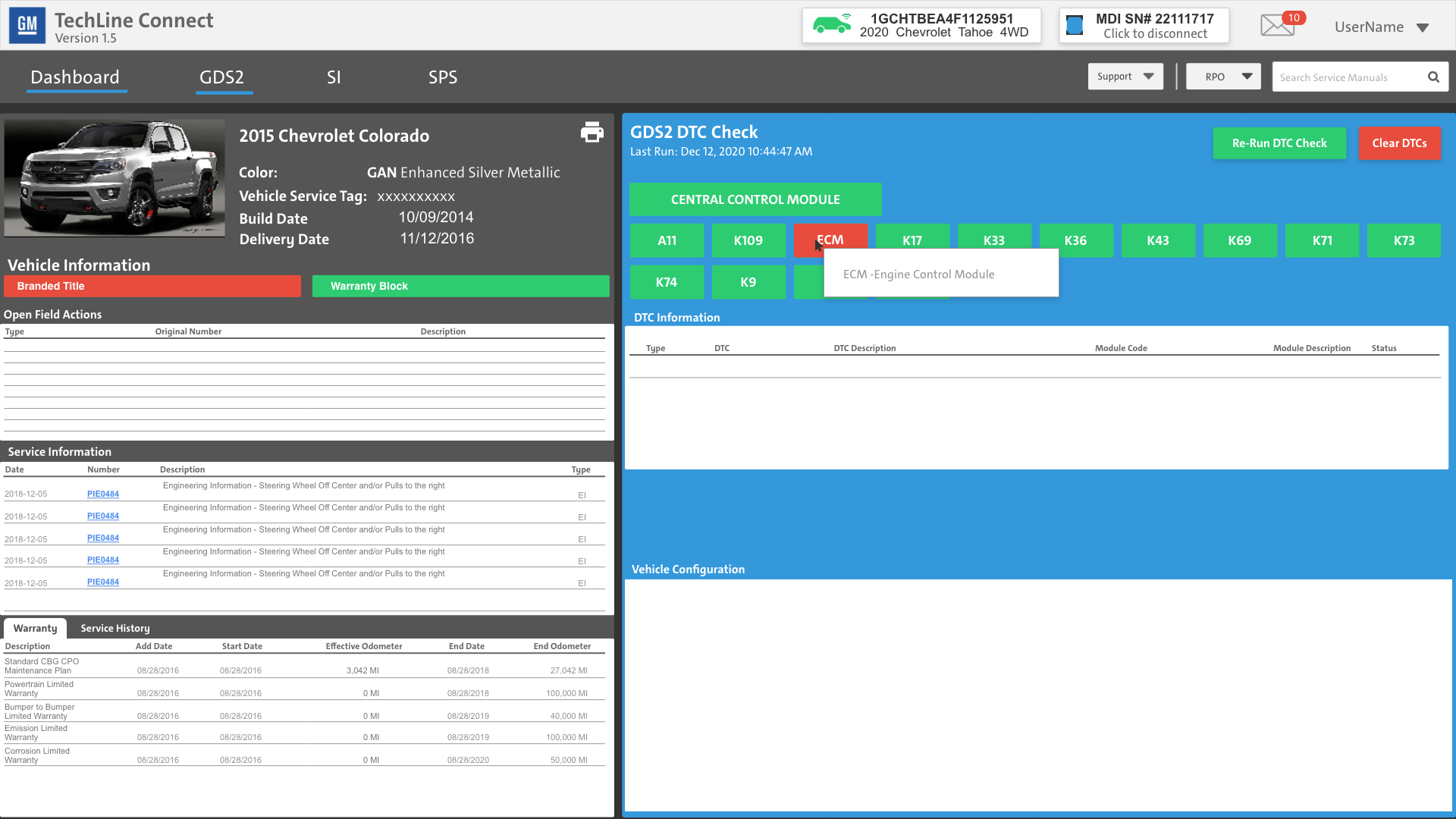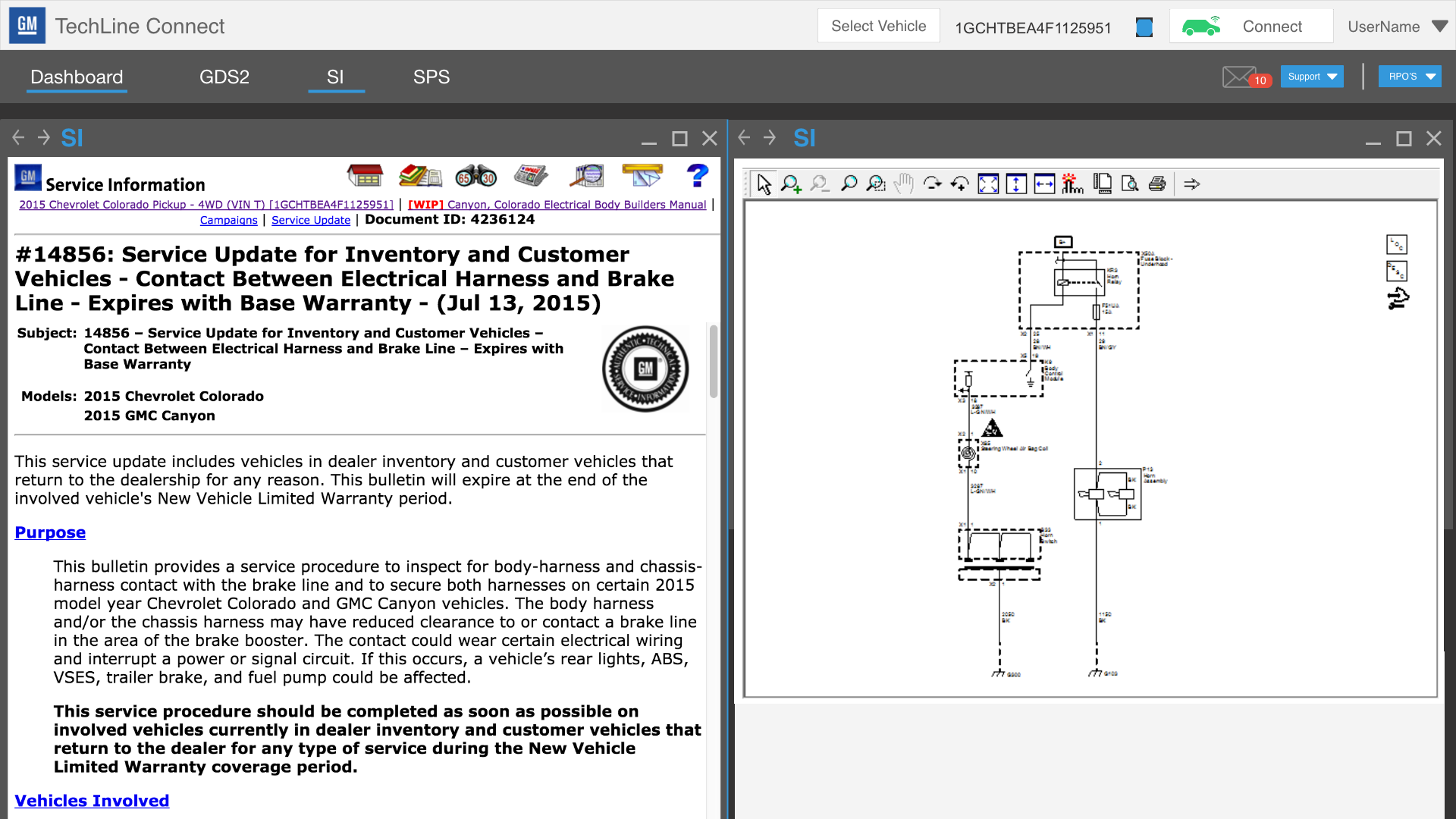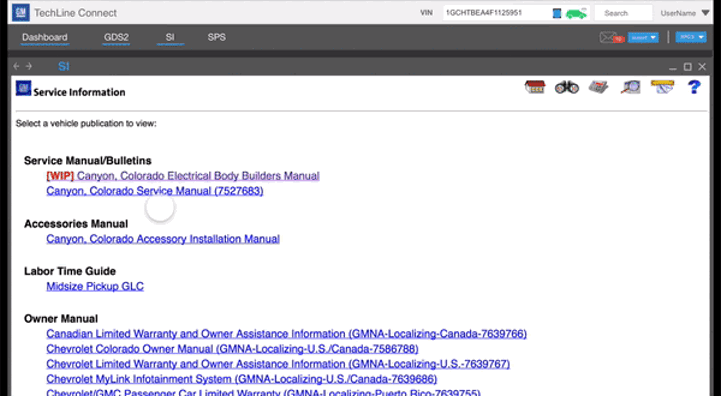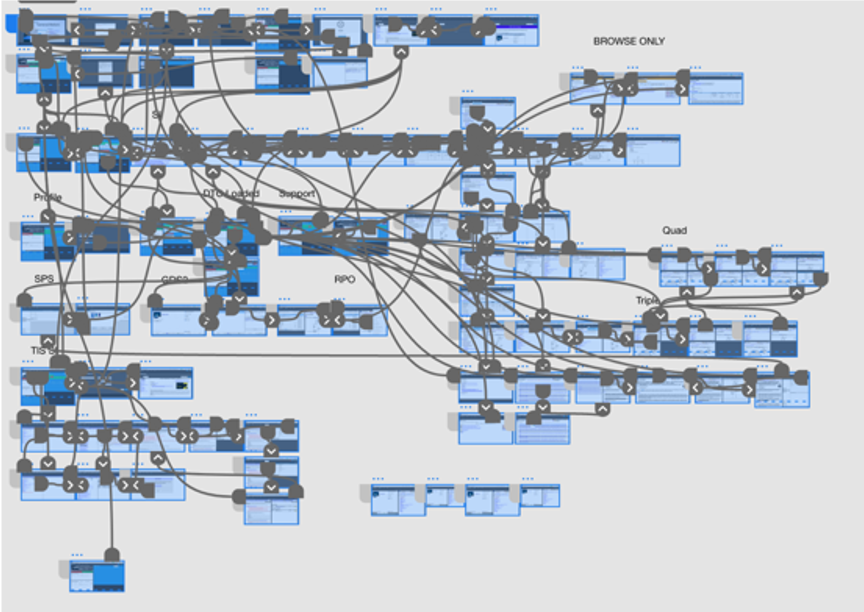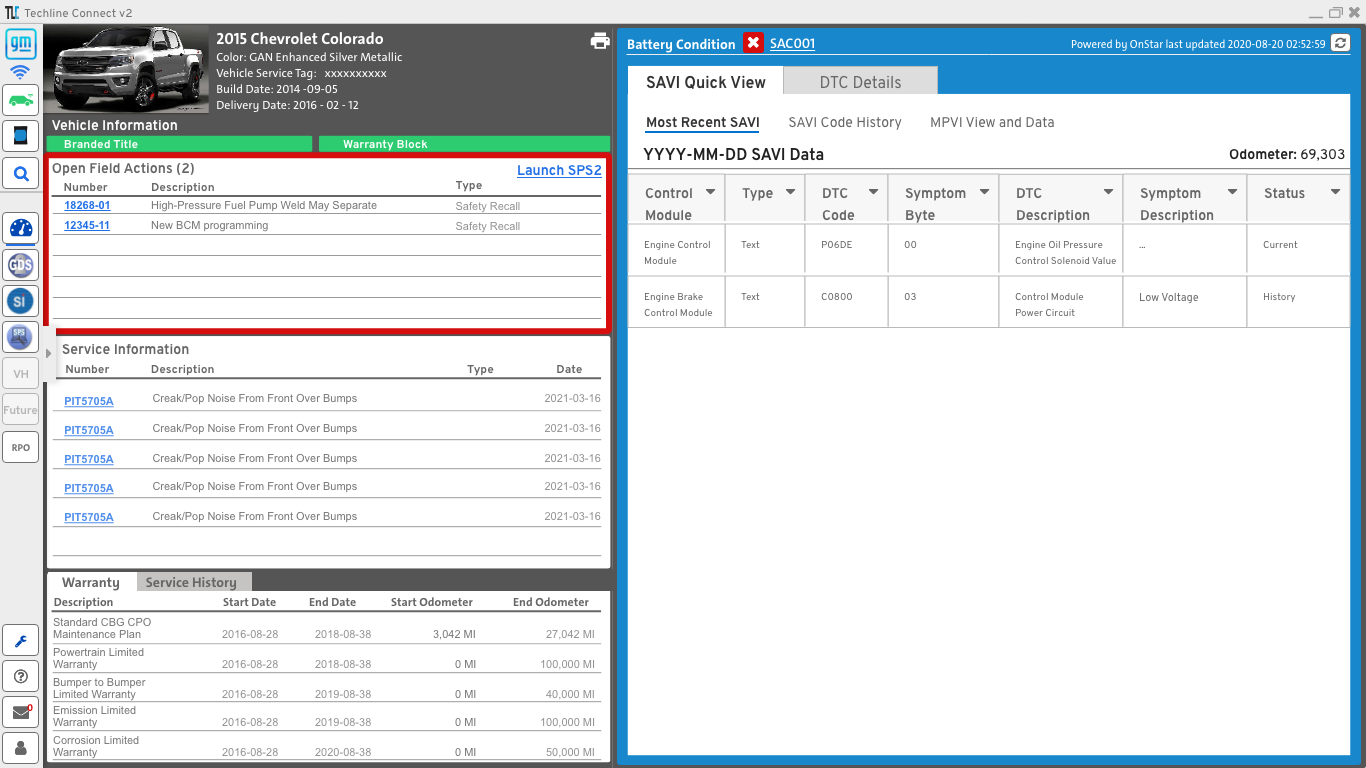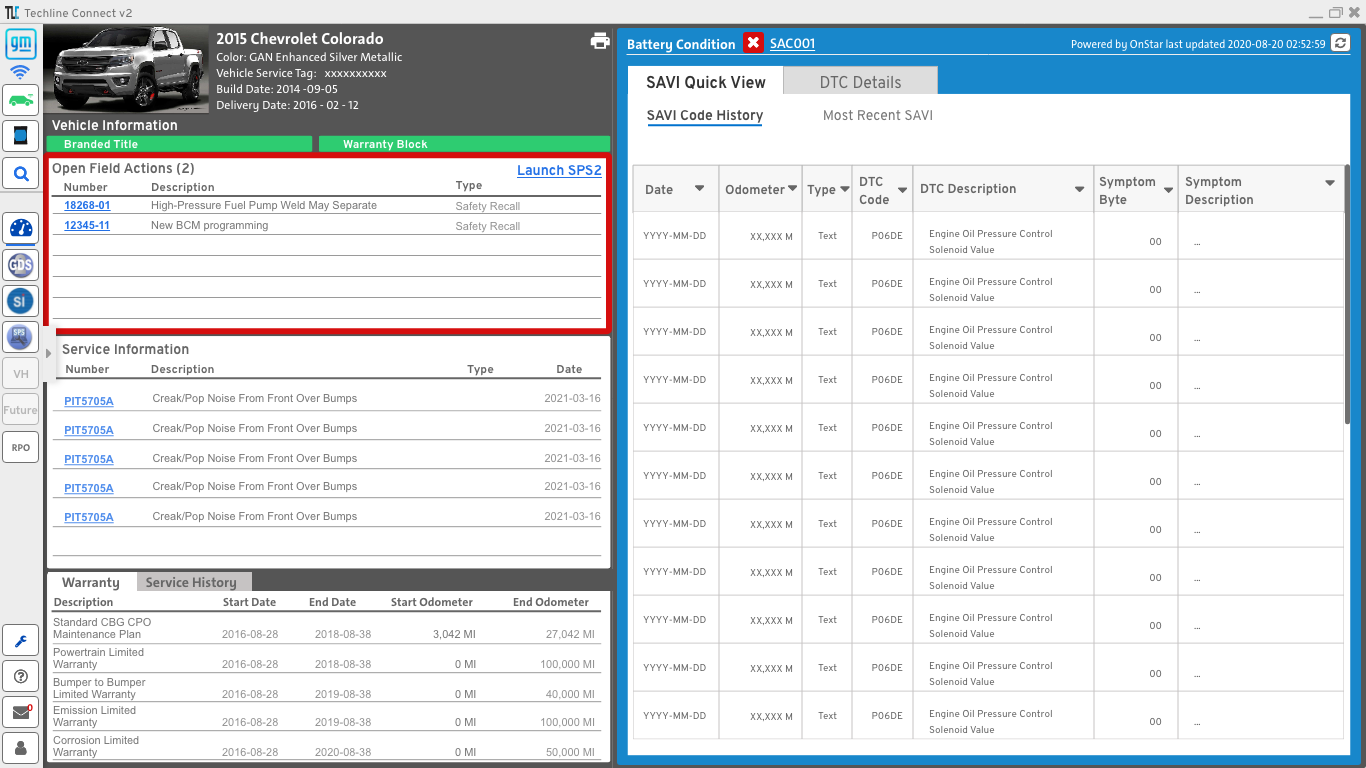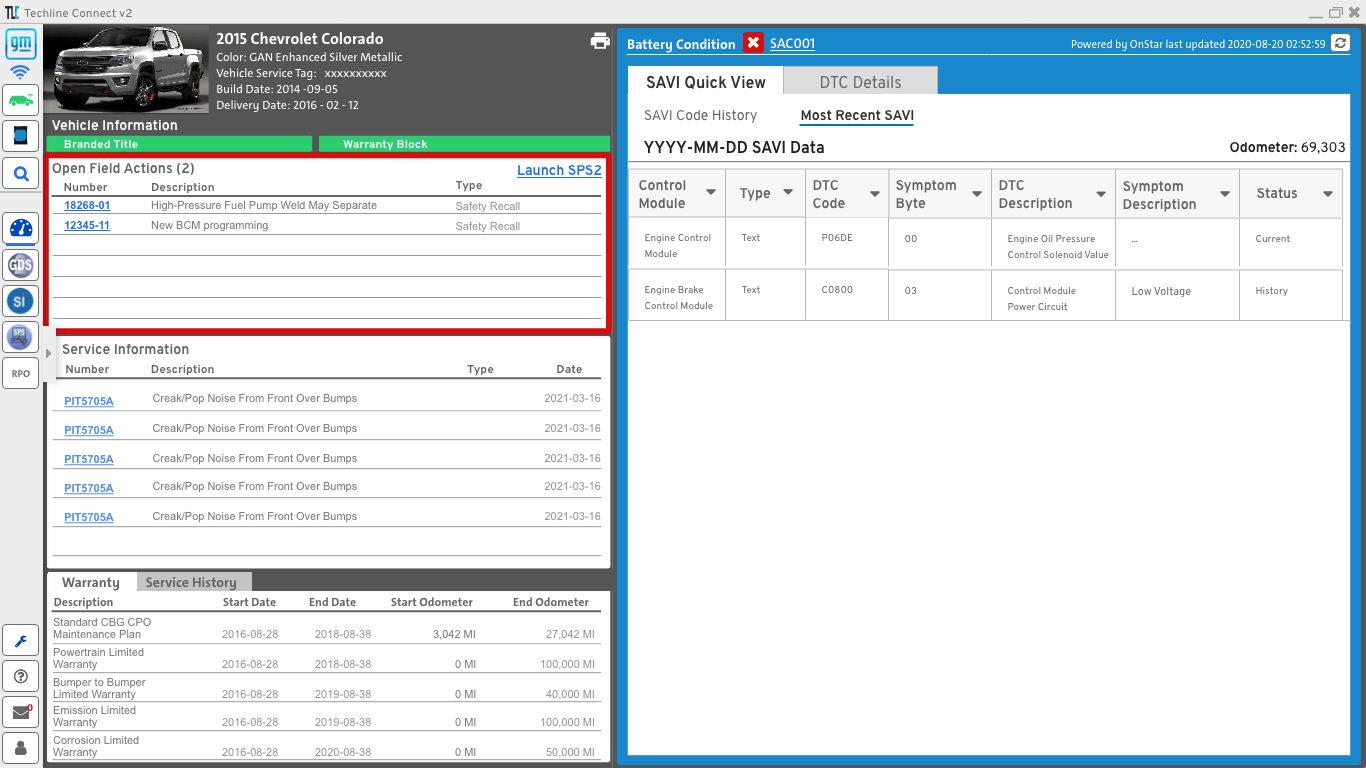This maps the number of actions/clicks as well as switching between Applications on the same process flow for a single programming task
Techline Connect
Saving 6 minutes per job generated $700 Million in new annual revenue for General Motors
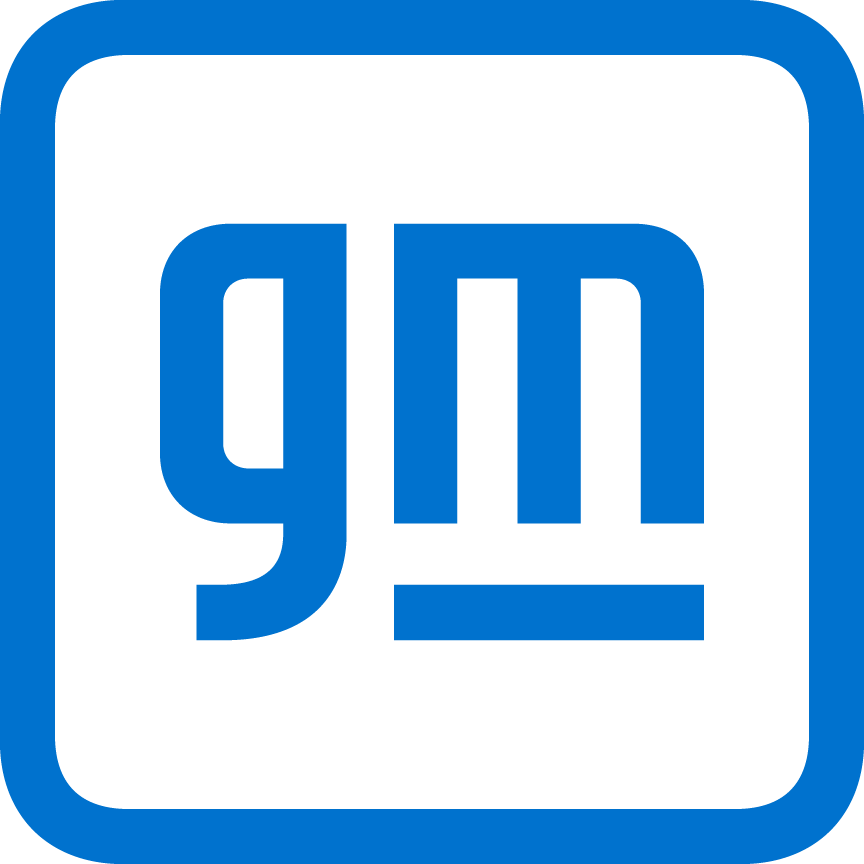
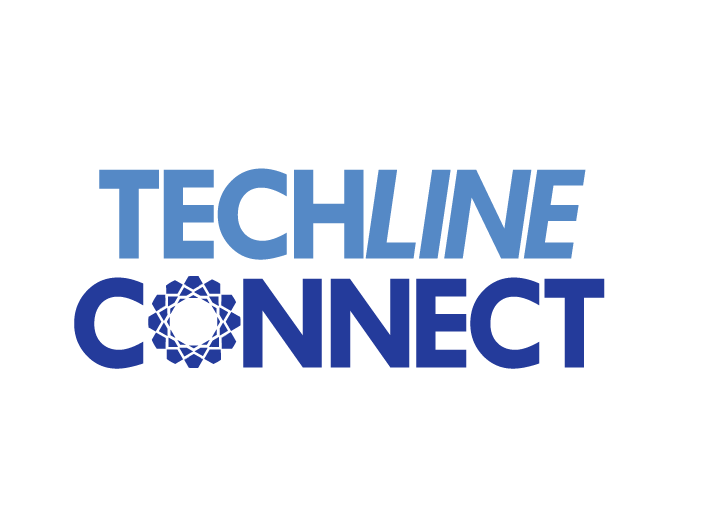
Overview of Service Engineering
Over the past decade, the landscape of Automotive Technicians has undergone a significant transformation, with the diagnosis and repair of vehicles becoming increasingly intricate. In response to this trend, our business partners recognized several disparate components that were struggling to keep pace with the escalating complexity. The objective was to enhance the technicians' experience, elevating efficiency and precision. Additionally, there was a growing need to bolster confidence in the tooling and enhance the overall appeal of General Motors' software tools among service technicians.
Objective
The aim of this endeavor was to elevate the user experience in the diagnosis, repair, and programming of General Motors vehicles both domestically and internationally. Despite being a major player in the industry, General Motors had lagged behind other OEMs in terms of advancements in diagnostic and service information tools. The objective was not simply to catch up but to strive for a paradigm-shifting leap forward.
Challenges
This project presented a formidable challenge, venturing beyond the familiar territory of our stakeholders. The requirement was for an application that could seamlessly integrate the functionality of multiple disconnected tools that had been devised in isolation from one another. The endeavor entailed a substantial collaborative effort, necessitating the alignment of diverse stakeholders. The challenge also involved managing the egos and expectations of key players involved in the product development process.
My responsibilities included:
Formulating the design and design strategy to integrate various products into a single application platform.
Conducting multiple design and requirements sessions with stakeholders and analysts over the course of several weeks.
Collaborating with business analysts, directors, and product managers to incorporate best practices into requirements.
Designing the dashboard and user interface for diagnostic trouble code testing.
Conceptualizing seamless interactions between applications, including between the Global Diagnostic Systems and Service Information to blend instructional diagnostics with actual testing tools.
Offering continuous support to development teams and evaluating the user experience and interface.
The app beta was launched in February 2019 and completed a global rollout later that year.
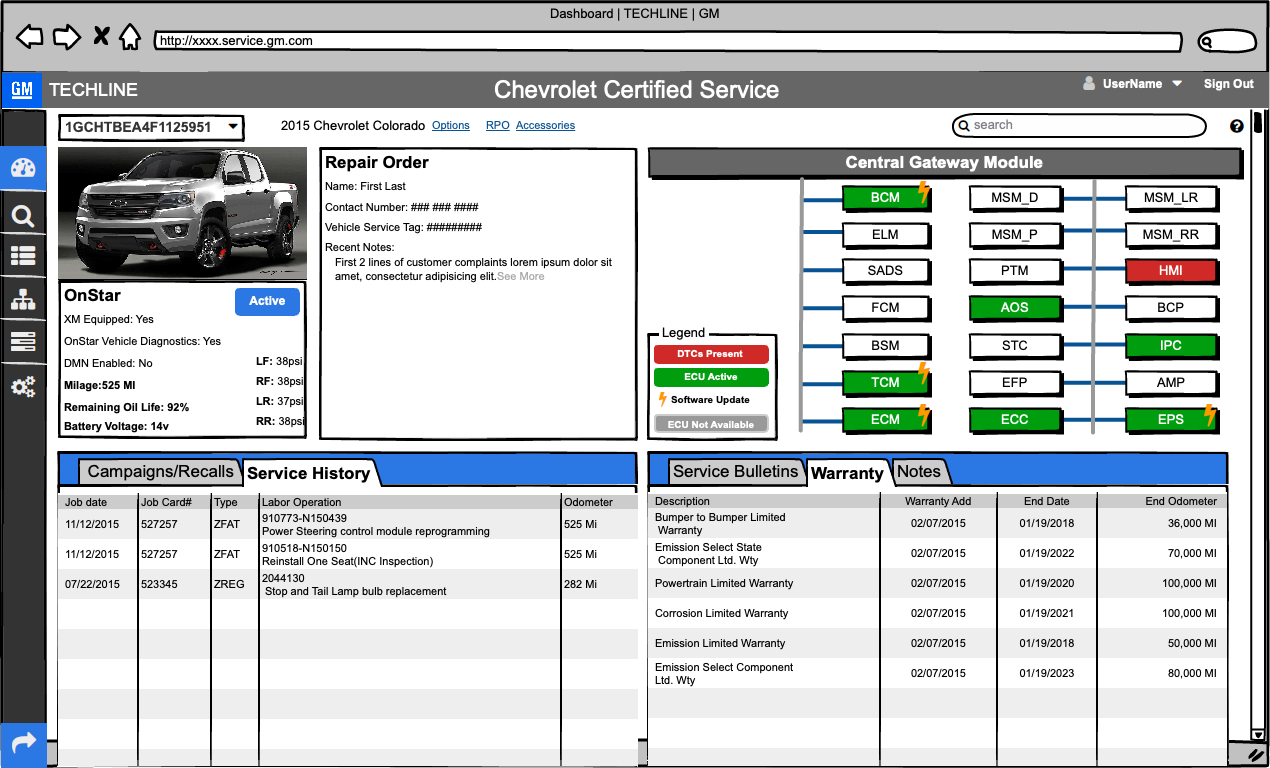
Design Process: Planning
At the time, there was a pervasive distrust among stakeholders regarding the technical competency of our team to integrate the various disjointed systems. To address this, I spearheaded the design and collaborated with a developer to construct a prototype. The successful integration of two key components was demonstrated through the prototype, enabling the project to secure funding and earn the confidence of stakeholders. The prototype played a crucial role in building the necessary trust with stakeholders.

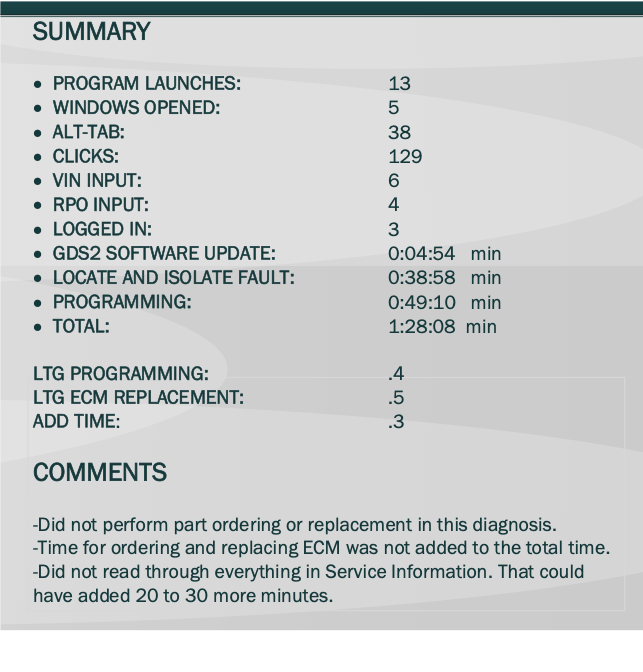
Design Process: Research
Our user research involved conducting field visits to regional dealerships to gain a first-hand understanding of the technician workflow. This immersive experience provided valuable insights into their day-to-day processes, allowing us to address complex issues. In addition, I worked with stakeholders to gather quantitative data through the administration of surveys.
During the creation of user flows, we conducted a thorough examination and discovered that service technicians were required to perform 129 actions or clicks to complete a single diagnostic and programming event. To arrive at these findings, multiple attempts were recorded and the results were averaged.
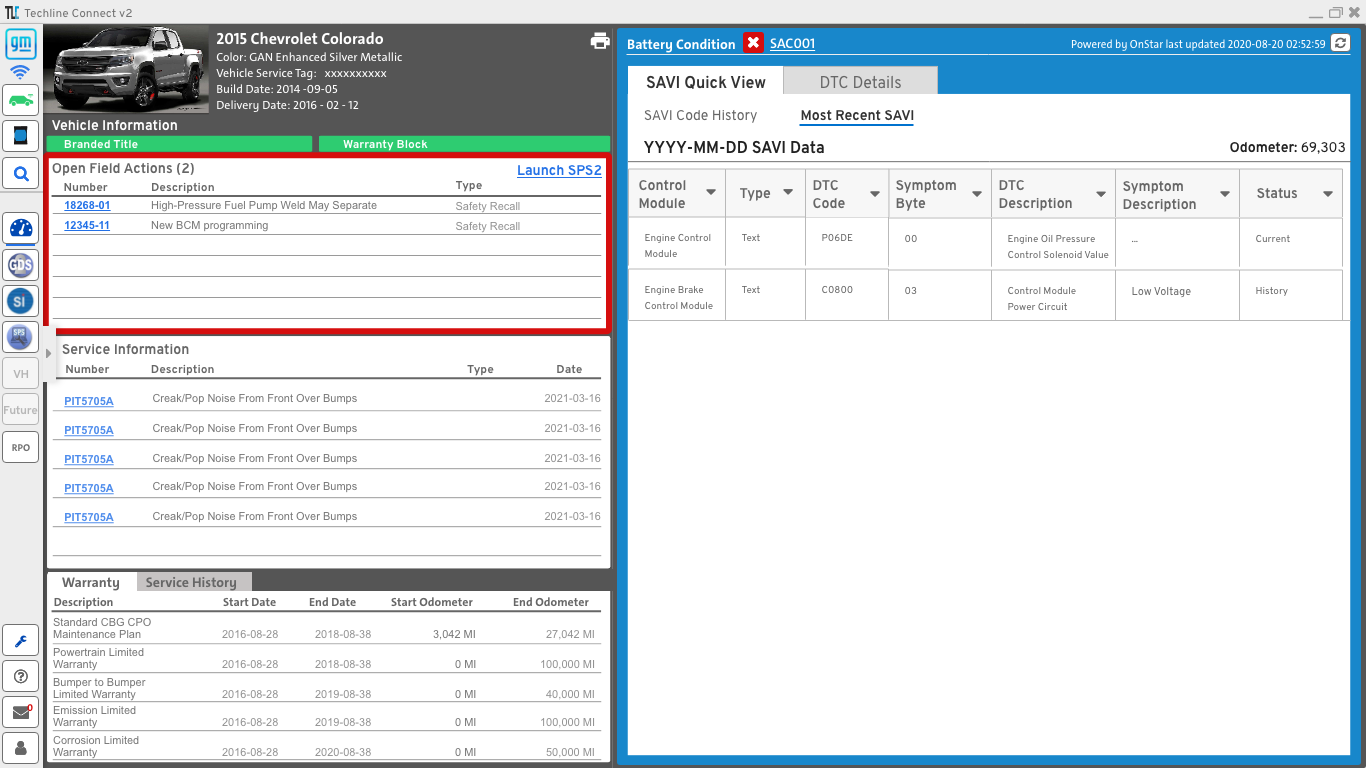
The resulting design addressed specific needs and information architecture to provide a fast and intuitive application.
UI Design
Upon identifying and rectifying all usability errors, I commenced the design of the final screens using Adobe XD.
The visual style was developed in accordance with our established design system and best practices.
The design was optimized for both laptop and tablet platforms.
The introduction of slide-out navigation on the left spine enhances accessibility even when the application is minimized.
By transitioning from horizontal to vertical navigation, we addressed multiple feedback points related to screen real estate and accessibility on smaller screens.
The design remains a dynamic process, with ongoing enhancements such as the integration of simplified user feedback intake forms directly within the application.
Design Process: Measurement
Our team conducted a comprehensive time study with the aim of determining the efficiency of Techline Connect. Our objective was to achieve a time savings of 2-3 minutes per technician per job. The results of the study revealed a conservative estimate of 5-6 minutes saved per repair order. This significant improvement in process efficiency had a direct impact on the business, resulting in a 6% increase in dealer throughput and an estimated annual increase of $700 million in Dealer revenue. Of this, approximately $175 million is attributed directly to the bottom line of the CCA. Furthermore, surveys of technicians revealed a 26% increase in overall happiness and a 19% increase in confidence with our tools.
